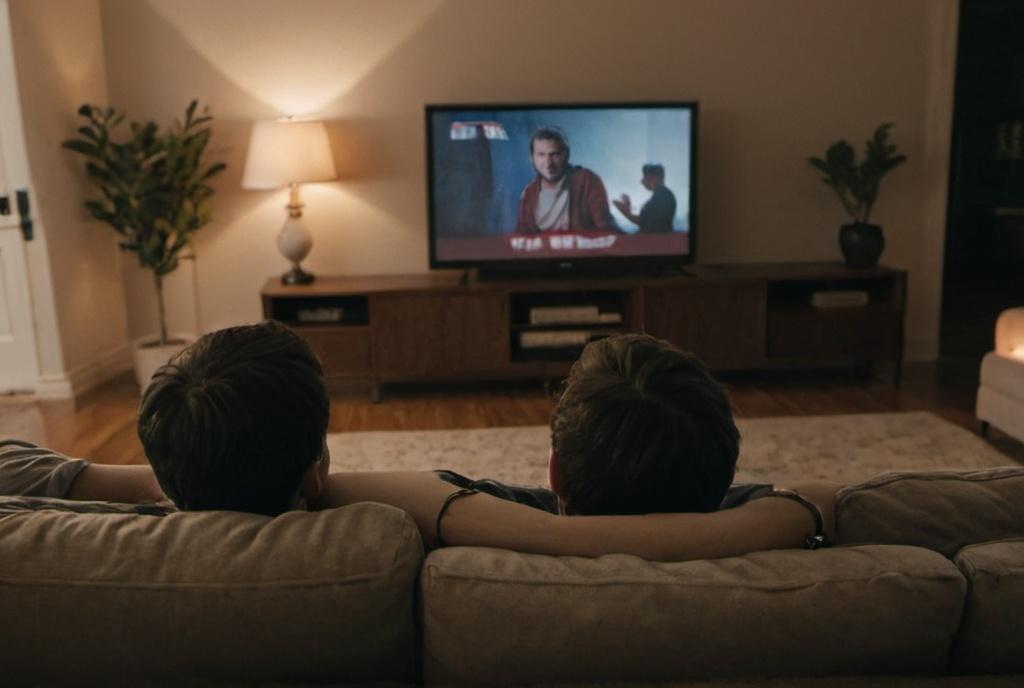
Key Take Aways About nonlinear storytelling in film
- Nonlinear storytelling breaks traditional narrative structure, jumping between times for depth and engagement.
- Popularized by films like “Citizen Kane” and continued by directors such as Quentin Tarantino and Christopher Nolan.
- Offers deeper character exploration and increased suspense but can confuse audiences if not executed well.
- Financially risky but may attract investors seeking unique stories; balancing artistry with commercial appeal is crucial.
- Requires precise filmmaking techniques and benefits from modern digital tools for seamless execution.
- Though divisive, it remains a powerful and engaging narrative tool in cinema.

The Concept of Nonlinear Storytelling in Cinema
Cinema has taken us on all sorts of wild rides over the years, but perhaps none are more jarring than those that ditch the straightforward beginning, middle, and end. Nonlinear storytelling, the narrative technique that prefers to jump around in time like a kid on a sugar high, has made its mark on the silver screen. From character flashbacks to out-of-sequence plots, these movies keep audiences on their toes, or, let’s face it, sometimes just plain confused.
Historical Context and Evolution
Nonlinear storytelling isn’t exactly new. Even before the talkies, writers and filmmakers were experimenting with timelines. But once film caught on, things really got interesting. “Citizen Kane” is often credited with popularizing the flashback method, a key component in nonlinear narratives. Flash forward to today, and directors are crafting intricate plots where time isn’t always in a straight line. Why? It adds depth, mystery, and sometimes a nice little puzzle for viewers to figure out.
Why Go Nonlinear?
Why do filmmakers love to mess with the timeline? Aside from the possible glee in watching viewers scratch their heads, there are some solid reasons for this narrative style. One, it allows for a deeper dive into characters’ psychologies. By seeing snippets of their past and future, we get a clearer, albeit fragmented, view of their motivations and complexities. Two, it builds suspense. When you don’t know what comes next—or, in this case, what came before—you’re often more engaged in the story, ready for the next reveal.
Popular Examples in Cinema
Some movies are famous for their tricks with time. “Pulp Fiction,” anyone? Quentin Tarantino knows how to weave a timeline that feels chaotic yet is meticulously planned. The film leaps between characters and events without losing its thematic focus. Then there’s Christopher Nolan, who gave us “Memento,” a mind-bender told in reverse chronological order that challenges viewers to piece together its plot.
Audience Reactions and Challenges
Not all moviegoers are fans of nonlinear storytelling. Some would rather not play detective when they’ve already paid for popcorn and a comfy seat. The challenge for filmmakers is to make these timelines engaging without confusing audiences into oblivion. It’s a fine line between “Wow, that was brilliant!” and “Wait, what just happened?” Done right, it creates a rich, rewarding experience. Done wrong, and you might lose half your audience to nap time.
Financial Implications and Market Trends
In the world of movie financing, nonlinear storytelling can be a double-edged sword. On one hand, it might intrigue investors with the promise of a unique story that stands out in the saturated film market. On the other, it could be seen as a risky endeavor, prone to alienating wider audiences. Balancing artistic vision with commercial viability is key. Some films find a sweet spot, becoming hits and earning both critical acclaim and box office success. Others, not so much, sinking into the murky waters of obscurity.
Filmmaking Techniques
Producing a nonlinear film isn’t just about jumbling scenes around. It requires a thoughtful approach to editing, scriptwriting, and even directing. Editors must carefully balance the timeline to ensure coherence, writers must weave complex yet understandable scripts, and directors must guide actors whose characters might be in drastically different emotional states from one scene to the next. It’s a collaborative effort that demands precision and creativity.
The Role of Technology
Modern technology has undoubtedly impacted how nonlinear storytelling is executed. Digital editing tools have allowed for more seamless transitions between disparate storylines, and advancements in visual effects can blur the line even further, creating timelines that are as visually compelling as they are narratively complex.
Conclusion: The Place of Nonlinear Storytelling
As Hollywood continues to evolve, nonlinear storytelling remains a powerful tool in a filmmaker’s arsenal. Whether its aim is to delve into character depths, maintain suspense, or simply offer something fresh, this technique keeps audiences guessing and engaged. While it’s not everyone’s cup of tea, for those who appreciate a good story puzzle, it delivers a cinematic experience that rewards attention to detail and offers new insights with every re-watch.



